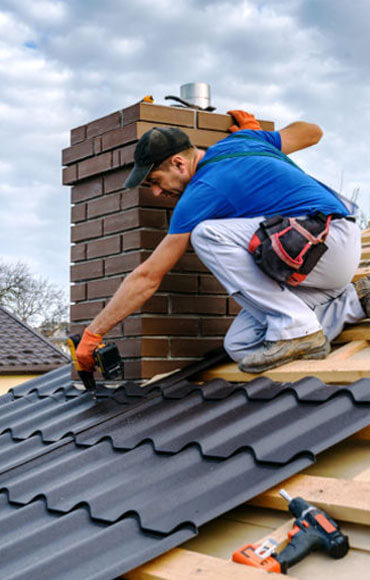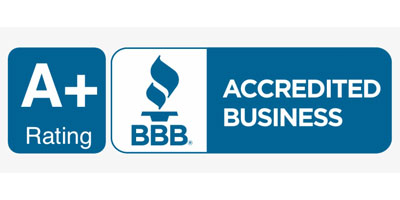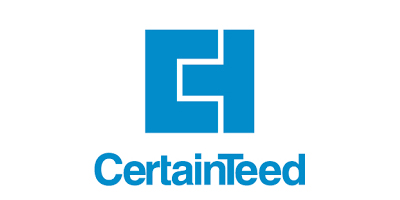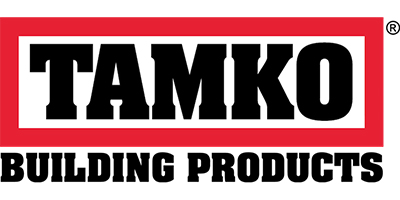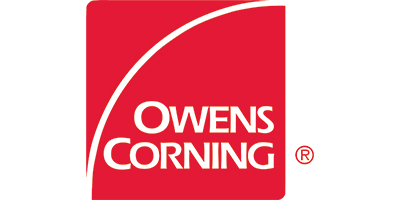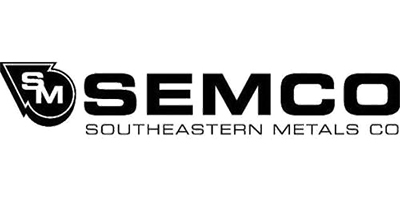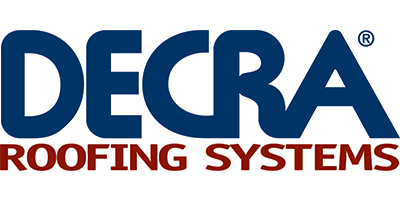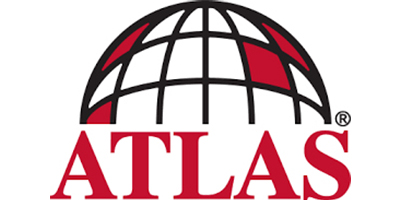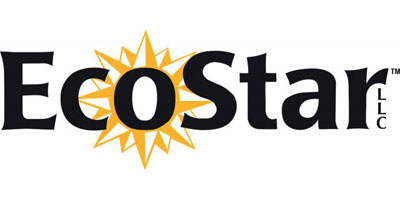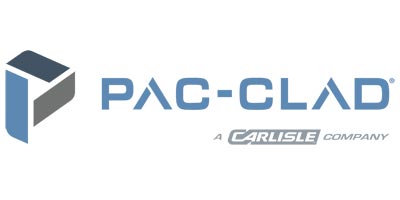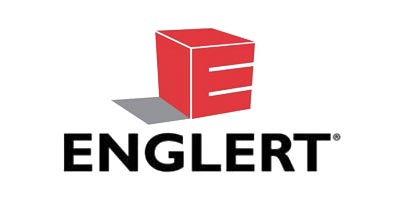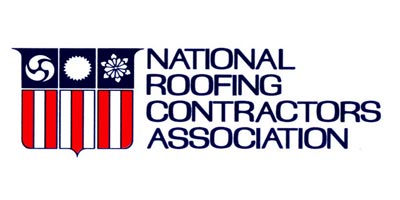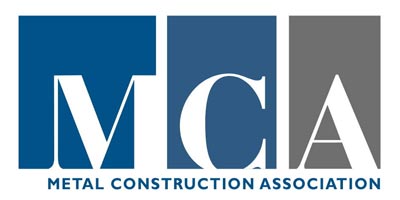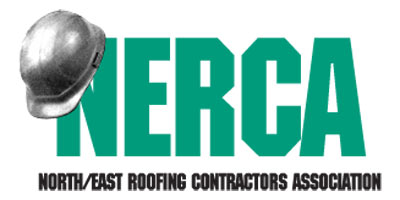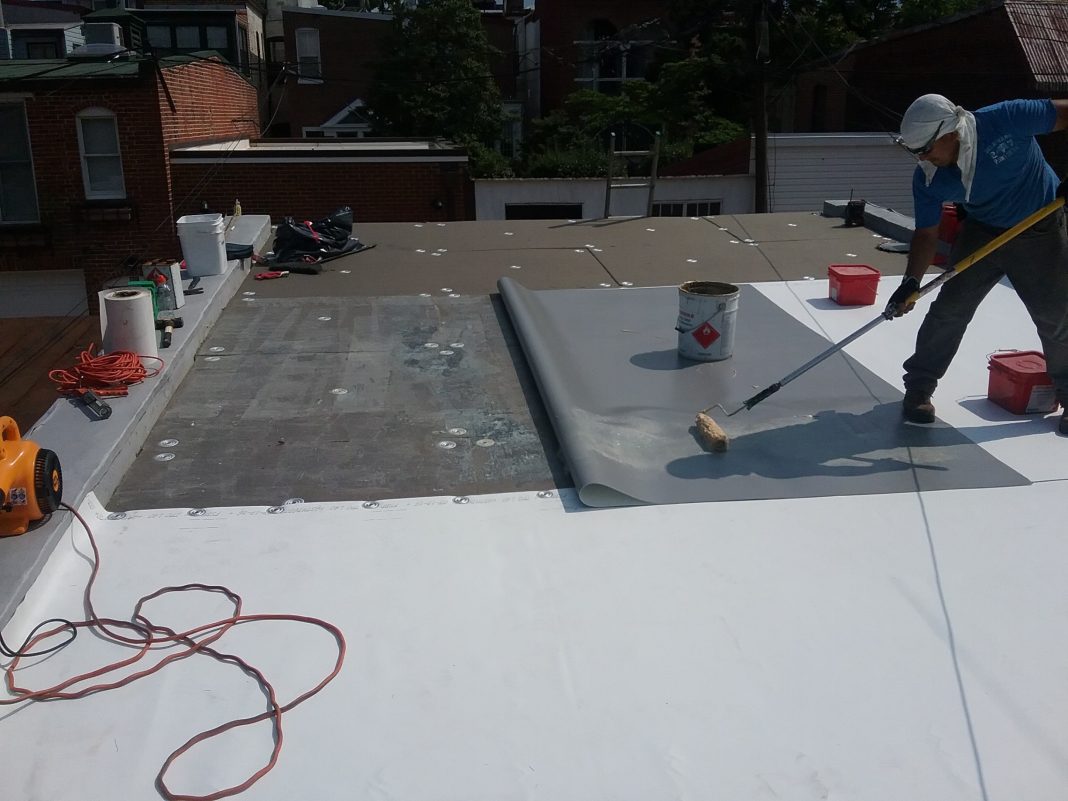
Flat Roof Repair & Replacement Washington DC
Need help from Washington DC's flat roof repair and flat roof replacement experts? Click the button below to schedule a free flat roof estimate. One of our friendly GoTech Roofing Team members will get in touch with you within the same business day to schedule an appointment at NO COST, at a date and time that works best for you.
Flat Roofing DC Metro Area

Re-roofing your flat roof property is a big decision, both from a timing perspective and financially. If you wait too long to make that decision, you could potentially cause more harm to your property. A failing flat roof can lead to mold, water leaks, and additional costly damage to the interior of your property. From a financial point of view, installing a new flat roof typically means a large outlay of money or new improvement financing… Neither of these choices is very appealing to property owners. Add to that, you have to somehow pick the best flat roofing contractor and hope that you have picked a responsible, financially stable, timely, and customer service-oriented flat roofing contractor. Consequently, for most people, it comes as no surprise that re-roofing your property can be a stressful yet unavoidable aspect of property ownership. Here at GoTech Roofing, we understand your concerns.
Founded by Julian Stevens, GoTech Roofing has established itself as the number 1 provider of flat roofing services in the DC Metro Area with over 40 years experience. We provide flat roof repair and flat roof replacement services with a real focus on customer satisfaction. We are a Washington DC and Virginia Class A Contractor and fully insured with Workman's Compensation and Liability Insurance. GoTech Roofing provides each and every client with an incomparable flat roofing experience through our outstanding customer service and exceptional quality. We understand that each flat roof is unique and will treat it as such. Having worked 10 years providing multi-million dollar contracting services for the DC Federal Government, Julian (CEO of GoTech Roofing) took a look at the antiquated flat roofing construction process and knew there was a better way. He built GoTech Roofing utilizing Dynamics Customer Relationship Management (CRM) software fully integrated with Microsoft Project Professional software to create a Proprietary Customer Service-Oriented Roofing Process that starts with your first communication with us all the way to when we shake hands when the job is done. With our GoTech Proprietary Customer Service-Oriented Roofing Process you can skip the headaches, schedule delays, lack of contractor communication, cost increases, and nonsense – we handle every roofing project detail from start to finish in a written scheduled process you will receive on day one.
GoTech Roofing's flat roofing services include repair, maintenance, and installation of flat and low-slope roofing systems, including TPO, EPDM, Modified Bitumen, Built-Up Roofing BUR, and PVC Single-Ply Membranes, and Metal Roofing.
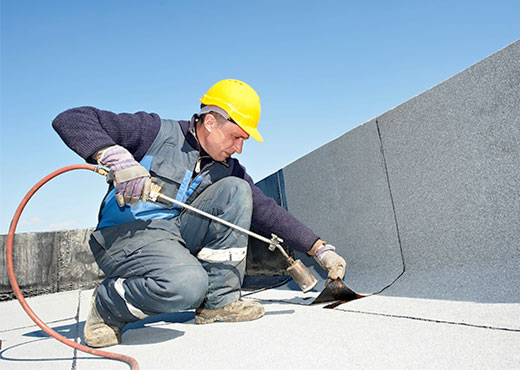
Flat Roof Repair
Flat roofs are constantly under attack by UV radiation from the Sun, the endless cycle of being wet from weather and then drying out with heat, building structural movement, and other stresses. Normal aging will indeed occur on all commercial roofs. At GoTech Roofing, we can help with both emergency commercial roof repairs and reducing the likelihood of future commercial roofing emergencies with planned maintenance. And we will advise you on your options for commercial roof replacement or restoration when the time comes.
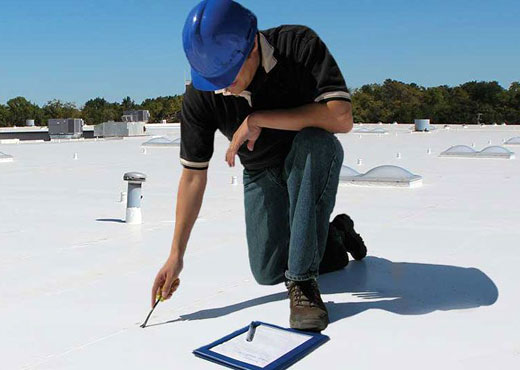
Flat Roof Maintenance
Small roof problems stemming from neglect can result in costly repairs or worse, premature failure of the flat roofing system. The cost for regular maintenance versus the cost for neglect is much cheaper over a 30-year span. A regularly scheduled program of both flat roof inspections and roof maintenance will detect minor low slope roof problems before they become serious. This will, in turn, avoid costly tenant interruptions within the building, and most importantly, protect the building Owner’s investment by adding years to the life of the roof.
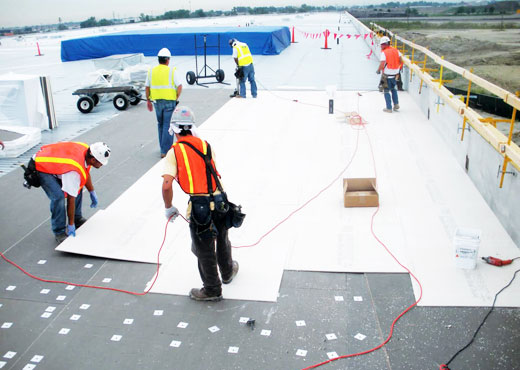
Flat Roof Replacement
When the time comes that you need a complete flat roof replacement in Washington DC, Virginia, or Maryland choose GoTech Roofing Flat Division. We have over 40 years of flat roofing experience with all types of commercial roofing membranes, spray foams, replacing structural components, and metal roofing. We have full computerized metal fabrication capabilities inside our shop. We are Manufacturer certified and trained commercial installers with Firestone-Elevate, Carlisle, GAF, and Mule-Hide and can offer a 20 to 30 year NO DOLLAR LIMIT (NDL) Warranty. When GoTech Roofing replaces your commercial roof you can rest assured you will have a leak-free flat roof that will last decades with a warranty to back it up!
New Ultra-White TPO Flat Roof Installation
with All New Custom Metal Coping, Washington DC
GoTech Roofing just finished installing a New Ultra-White TPO Flat Roof Installation with All New Custom Metal Coping. The existing flat roof was 25 years old and the metal coping was completely rusted and leaking in multiple places. In addition, the flat roof had an incorrect slope and water was severely pooling around the HVAC equipment. The GoTech Roofing Team installed multiple water shedding crickets and corrected the slope. This video is the next morning after a heavy rain. As you can see, no water pooling now. The Customer was given a Elevate/Firestone Manufacturer 30 Year Warranty.
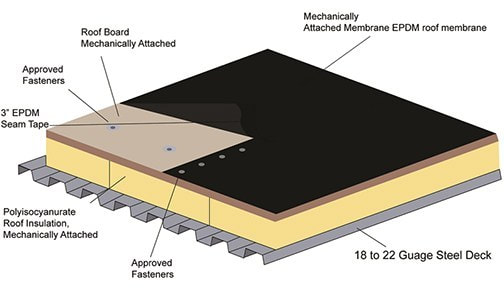
EPDM Roofing
But, there are several disadvantages of EPDM. First, it is black in color and its rubber surface tends to heat up in the sun. This can have a negative impact on the heating & cooling bill of the property owner. Second, because EPDM is made of black rubber, it tends to expand and contract as it heats from the summer sun and cools during the winter. This can lead to seams coming apart over the years. Thus, EPDM flat roof systems need regular inspection and maintenance to stay watertight.
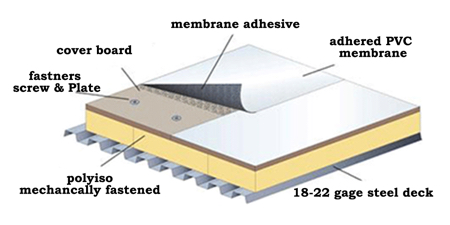
TPO Roofing
First introduced in the 1990s, TPO is a flat roofing solution that has continued to grow in popularity. While more expensive than EPDM, TPO is easier to install. TPO is made of a heat-reflective single-ply polypropylene membrane. This type of flat roofing material is very lightweight and is laminated. The lamination keeps flat roof problems like algae or fungus from being able to grow on it. TPO is made of a white material. Many property owners like the white color as it reflects the Sun’s heat and helps in lowering the heating & cooling bill. TPO is a specialized flat roofing material, so a flat roofing contractor is recommended for both installation and maintenance of it. TPO roofing lasts an average of 15 to 20 years.

PVC Roofing
PVC has been around longer than TPO. Like TPO, PVC comes in lighter colors and is therefore highly reflective of the Sun’s heat. It is debated that TPO has a slightly better tear and break resistance and superior weathering than PVC. Having said that, PVC has characteristics that certain customers prefer and/or need. PVC has better chemical resistance than TPO. Oils and greases do not get absorbed into it which would lead to weakening the membrane. With PVC, the welded seams can be rewelded over the roof’s lifetime, and are stronger than the material itself. These characteristics make PVC the preferred flat roof membrane for restaurants and other flat buildings that have grease traps on the roof. Finally, different from other roofing membranes, PVC trim from manufacturing is entirely recyclable. Post-consumer membranes can be returned and made into new membranes.
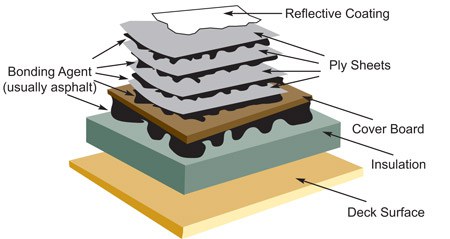
Built-Up Roofing
Built-Up Roofing has a long track record and has been used in the United States for over 100-years. Built-Up Roofing is often referred to as tar and gravel roofing. Unlike the single-ply roofing options that are so popular today, this type of roofing is created by alternating layers of bitumen and fabrics together to form a “membrane.” That membrane is then finished with an aggregate layer or coating. Typically, underneath a BUR Roof is a rigid insulation layer. After that, there are layers of felts, fabrics, or mats that are saturated with bitumen. The most common being asphalt (which works as a better fire retardant than the others). Other types include cold-applied adhesive or coal tar.
When the roofers are spreading a gooey black substance on their roofs with mops and mechanical spreaders, you might have been watching them create built-up roofs. Built-up roof finishes often resemble rocky beaches because they contain gravel, slag, and small rocks mixed in with the asphalt. Built-up roofing systems have a variety of options, including mats that reinforce the ply sheets and types of bitumens used.
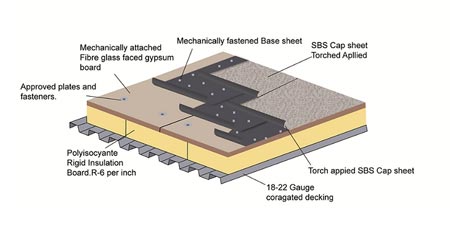
Modified Bitumen Roofing
One of the most popular and fastest-growing flat roof systems in residential and commercial applications is modified bitumen flat roof systems (MBS). To seal the roof, a modified bitumen system uses a special combination of coated basemat layers instead of applying a hot liquid adhesive to the uncoated basemat. Modified bitumen flat roof systems have a reduced installation time when compared to a BUR flat roof systems. Another great advantage of a modified bitumen flat roof system is that you can install it on top of an older modified bitumen flat roof without taking off the old roof. Using this method, the flat roof actually becomes stronger and resists punctures due to the increased layers’ thickness. Not having to pay for the tear-off of the old modified bitumen flat roof systems is a huge cost-savings benefit.
There are two basic types of modified bitumen flat roof systems: 1) Torch-down and 2) Self-adhering:
Flat Roof Torch-Down Systems are installed with the help of specially designed substrates using a special combination of layers to torch-seal the bituminous product layers.
Self-Adhering Flat Roof Systems (SAS) are similar to conventional modified bitumen flat roof systems. The Self-adhering Flat Roof system uses a coated bitumen basemat to provide a waterproof seal on low-sloping and flat roofs. When a torch cannot be used, this product is ideal. Garage roofs or extending porches that intersect with wood or vinyl siding are common places where you will see a Self-Adhering Flat Roof system.

